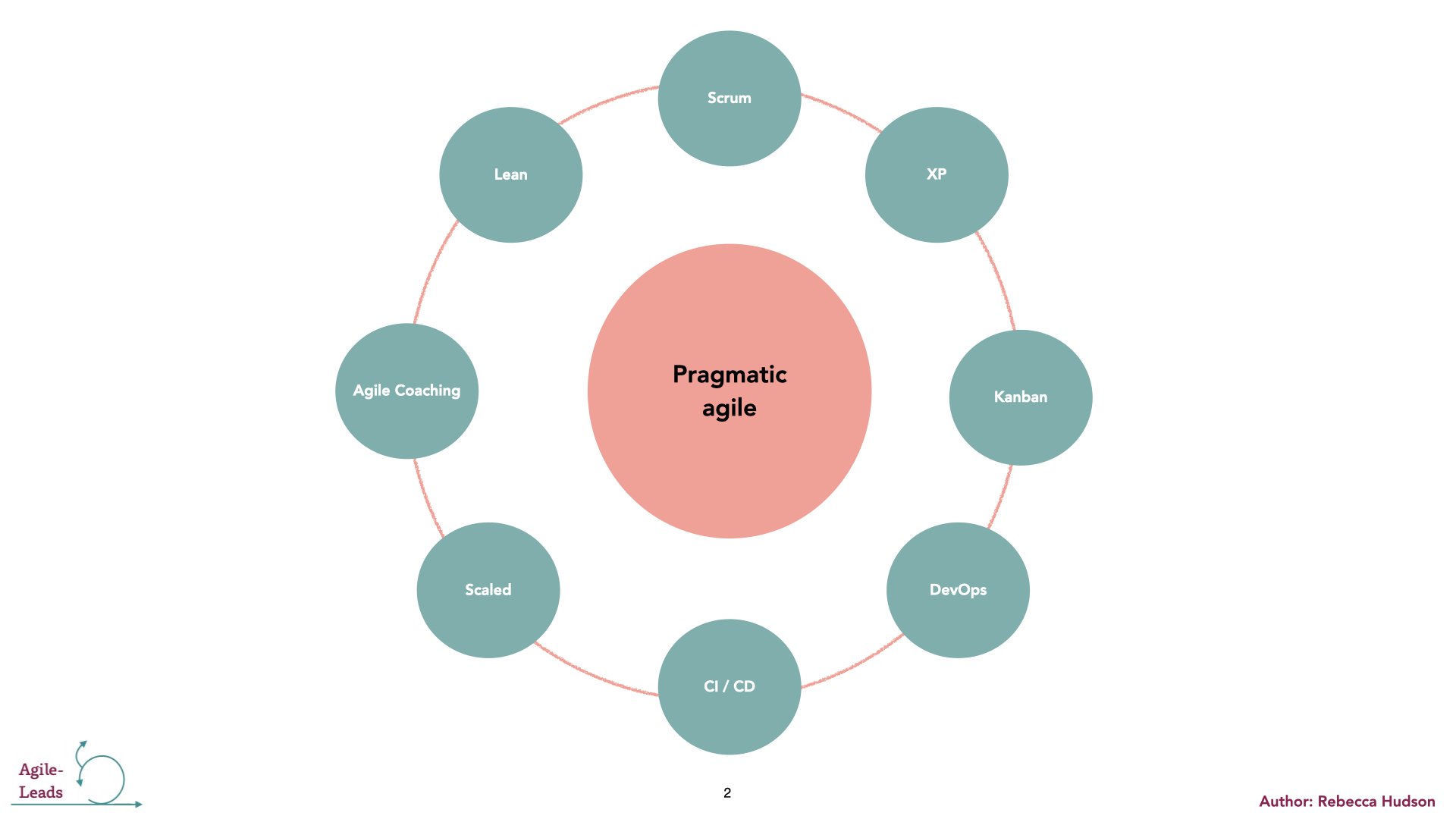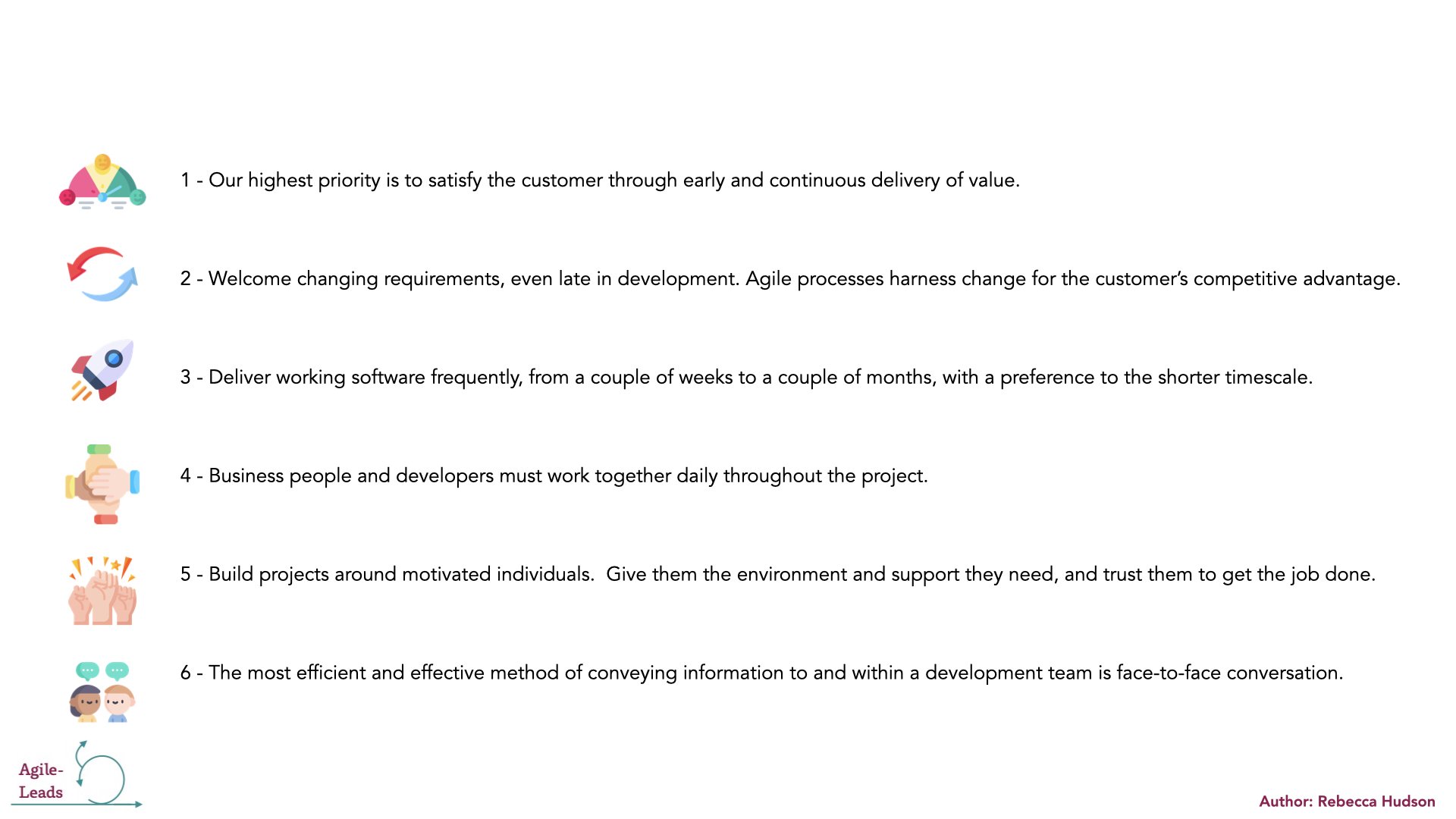Anti-Agile: The Agile Industrial Complex
The Agile Industrial Complex as defined by Daniel Mezick, a management consultant, author & keynote speaker on business agility:
“It is that web of Agile institutions, Agile thought leaders and Agile consulting firms that implicitly collude to make normal the very harmful and disrespectful imposition of Agile practices on teams without consent. The Agile space is now a “no-innovation zone.” It tolerates and in fact perpetuates a highly weaponized version of Agile. Coercion, command-and-control, force, and the routine mandating of specific practices are how this game is played. The Agile Industrial Complex perpetuates and then monetizes a culture of coercion and force. The result is a worldwide pandemic of highly prescriptive, enterprise-wide Agile “trance formations.”
I am part of the ‘Agile Industrial Complex’. However, I’ve always had the same frustration — knowing that what works will only be determined by listening to teams, and frequently seeing this not happen.
Operating as an Agile Lead with tech consultancies has been my profession for a long time. When starting my own consultancy and coaching company, I wanted to partner with subject matter experts that provide organisations with real value, focusing on people, not an off-the-shelf model for agile with a massive price tag.
It was important to me to focus on elements around agile adoptions which sometimes companies don’t put enough emphasis on, e.g.
Team dynamics training
Leadership coaching
Sensitive change management
Emotional intelligence
A few years ago I spent 6 months working for one of the big 6 consultancies. I did my probation and gave my notice, it was a strange, toxic working environment. Having worked for years in tech focused consultancies and digital agencies I was a fish out of water. And, worst of all I felt like a snake oil salesman, selling the dream of something which wouldn’t work for our clients. I’m not a salesperson, I’m a delivery person, coming from digital project management & scrum mastery, and then agile coaching and leadership. This role just wasn’t the right fit for me, and I’m glad I realised it early on.
Listening to the latest ACN podcast — The Agile Industrial Complex’, I heard a term I’d not come across before — Agile Industrial complex. It was a eureka moment for me! It summed up so well what bothers me so much about the idea of an off-the-shelf approach to agile adoption or transformation. One that favours profit over people, velocity over value.
I’ve had roles where I’ve had to coach teams in ways of working which they had no input into. New approaches that they neither wanted nor (in my opinion) needed.
I worked as a SAFe Coach in an organisation that was struggling with their SAFe implementation. One day a VP told me he thought it was a pointless ‘rebadging’ exercise, which was very telling! Many teams refused to participate or engage with the changing approaches to software development the company was implementing.
There was open hostility and silos, apparently made worse by the introduction of SAFe, which myself and the Product Owners had to deal with on a daily basis. Yet they continued with scaling to SAFe, because it was mandated from the top, at a Global level. It was an approach sold into them by a big consultancy. As Albert Einstein famously said:
“The definition of insanity is doing the same thing over and over again and expecting different results.”
A great example is an outside consultancy coming into an organisation, running a long assessment phase and imposing the Spotify model. A model which Spotify themselves say not to use! Spotify created a model that works for them, they never intended it to be a copy- paste solution for other companies. There are so many frameworks and tools that come under the umbrella of agile, companies need to adopt a practical approach, which is born from the needs of their teams.
Pragmatic agile: Choose what’s right for you and your teams
In Daniel Mezick’s quote he uses pretty aggressive language. I think his point can be plainly summed up with these obstructive organisational behaviours:
Imposing processes on teams that run counter to the Agile Manifesto, specifically if the direction is coming ‘top down’
Keeping command & control structures
Making accommodations for legacy systems, structures & processes that run counter to what the teams need
Forcing teams into ‘processes’ and dictating the framework without understanding how they need, or want, to work
I’ve highlighted some key principles of the agile manifesto, which I feel run counter to the idea of an imposed model for agile:
12 Principles of the Agile Manifesto (find the detailed principles at the end of this article)
I understand why this off-the-shelf approach to agile models might be attractive, why some leadership teams focus on the benefits of speed of delivery and increased quality, that are sold in by agents of the Agile Industrial Complex.
However, when value and people are not the focus, these models for agile will not stick. The real values at the heart of agile will not be realised.
If I’ve learnt anything in my 21 yrs in digital delivery and consulting, its that when you get a new brief from a client you reframe the ‘ask’ in that brief, to try and uncover the heart of the problem or challenge. Only then can you hypothesise and research what the right solution is, and you do this by talking to the teams, by engaging every department that touches software development.
The outcome will be a roadmap or implementation plan that works for the teams. One which they can assess and review regularly to make sure the approach is adapted for their needs, and one that aims to always create value.
I hope you’ve found this article useful. Read my other articles on the importance of sensitive change management and Which agile framework is the right one for more related information.
Articles referenced -
‘The Agile Industrial Complex’ by Daniel Mezick
‘Agile Industrial Complex’ by Matt Philip



